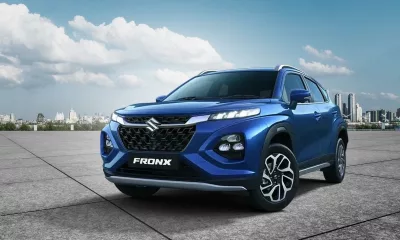An American publication recently claimed that Ford and GM are working on a 10-speed automatic transmission for future RWD cars, with the obvious aim of improv- ing fuel economy. Are 10 speeds really necessary? Won’t this setup cause excessive hunting and affect economy? Where do you draw the line in terms of the amount of gears used? Finally, won’t a perfectly spaced six or seven-speed ‘box be just as frugal?
Charl Bosch, Despatch
Answer: An internal-combustion engine has a specific speed and load region in which it uses the least fuel. Engineers call this the brake-specific fuel-consumption (BSFC) map and it depicts the areas of engine speed and load with the lowest fuel consumption. If the transmission allows the engine to mostly operate in this region, fuel consumption is lowered. We agree with you that the gains become incrementally smaller with the addition of each extra gear, and the cost and complexity should limit the maximum number at some point. The theoretical ideal is an infinitely variable transmission that makes it possible for the engine to operate at a fixed engine speed. This is possible through a continuously variable transmission (CVT), but the problem in this case lies in the fact that any efficiency gains are eradicated with inefficiencies resulting from the slip and heat build-up in the system (specifically the belt and pulley assembly). From a driver’s view, we agree that six gears are enough.




